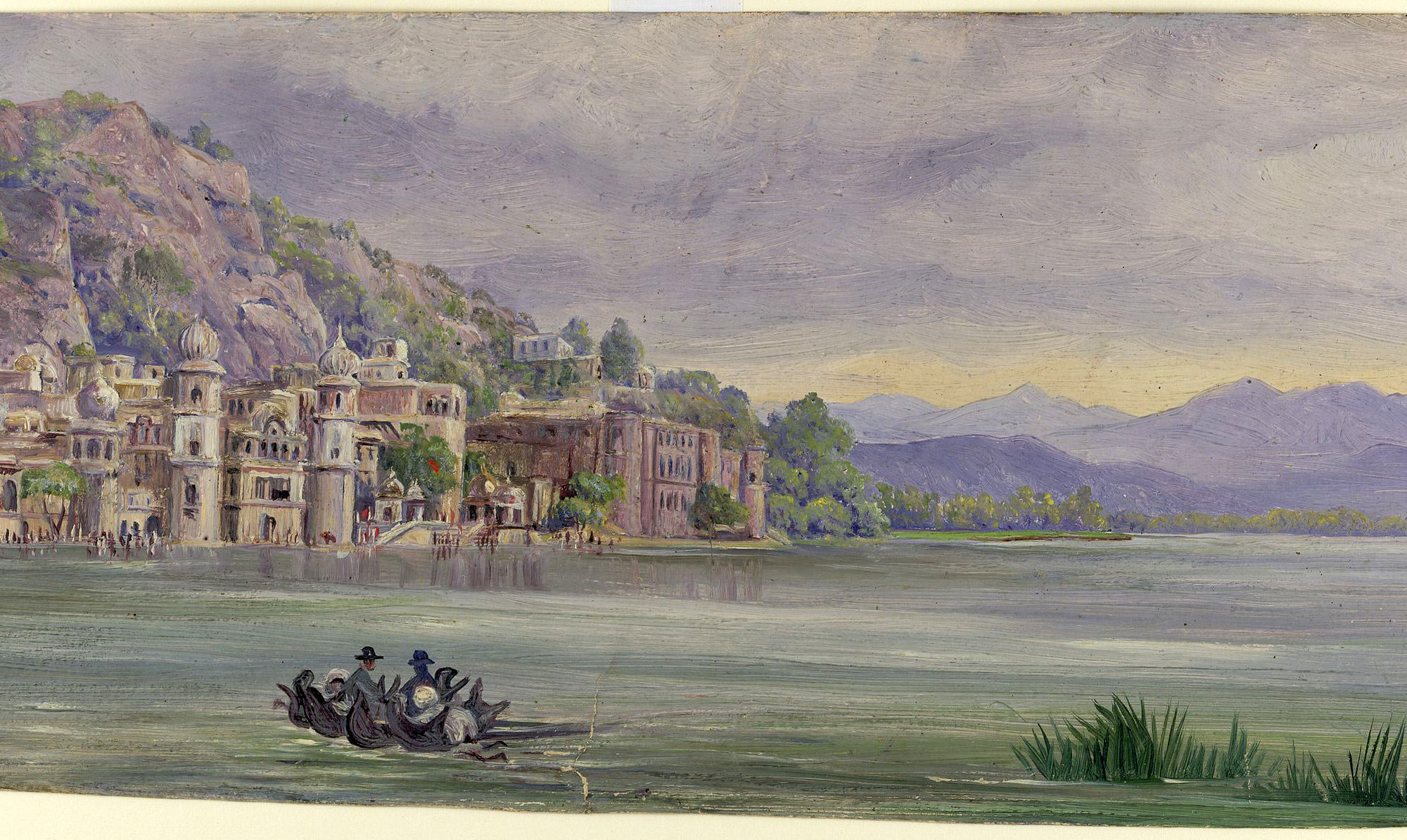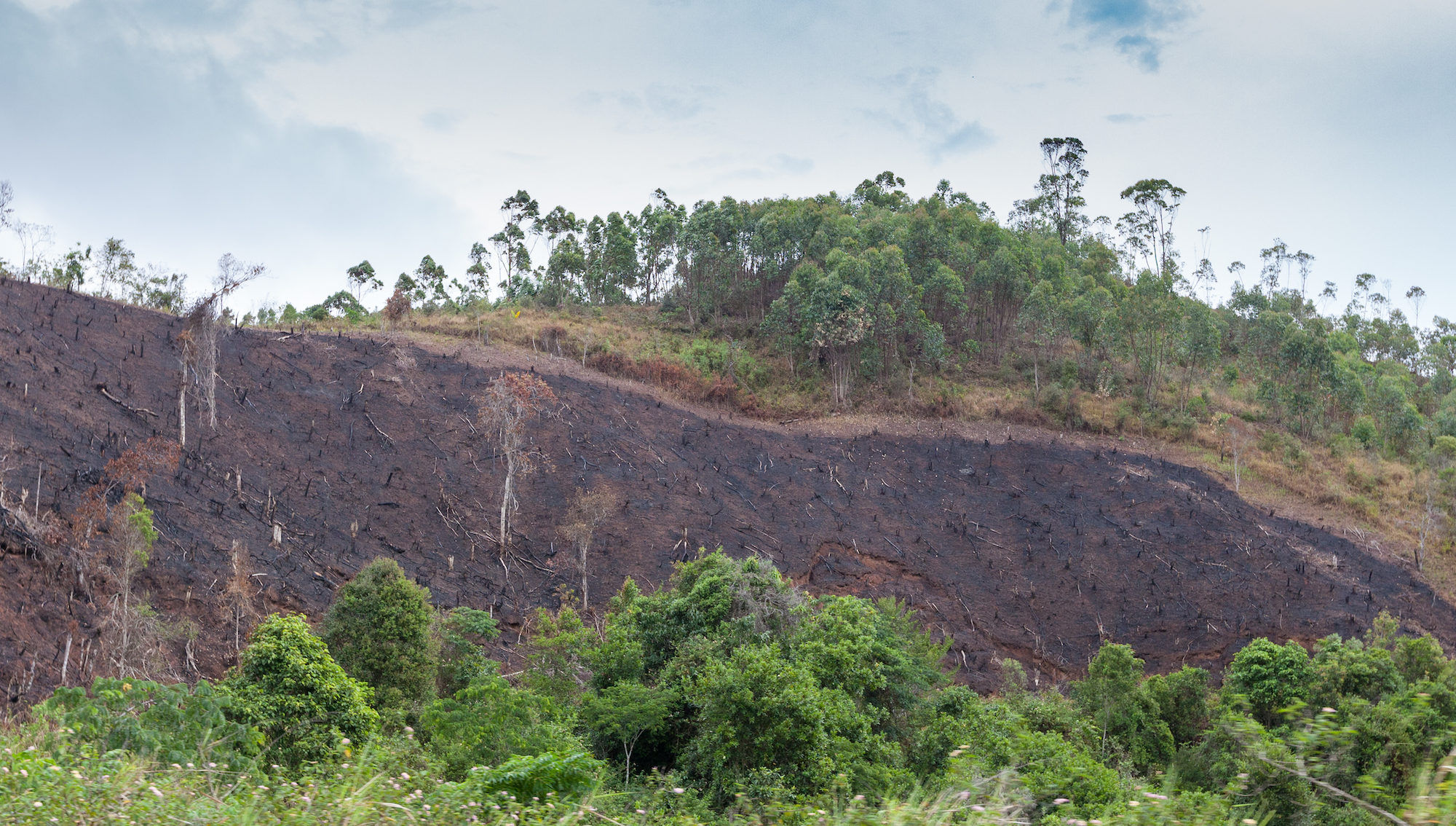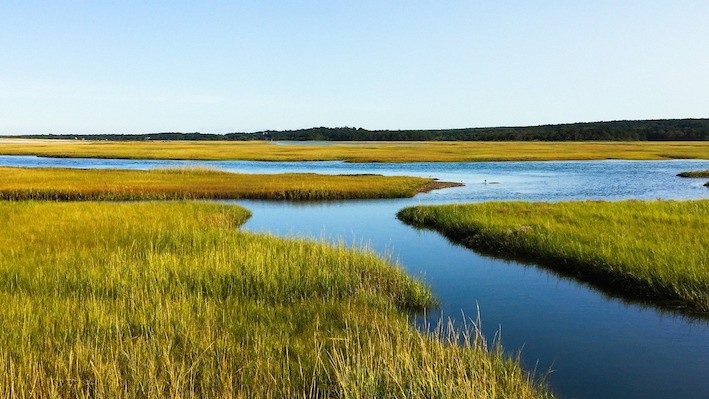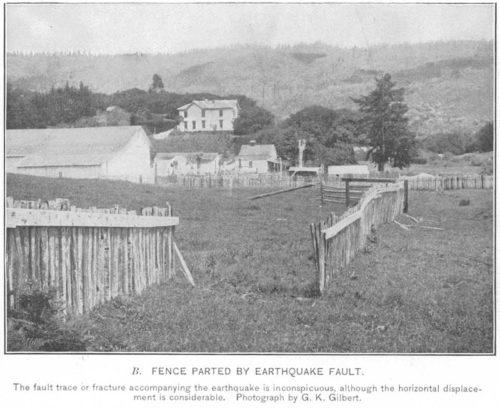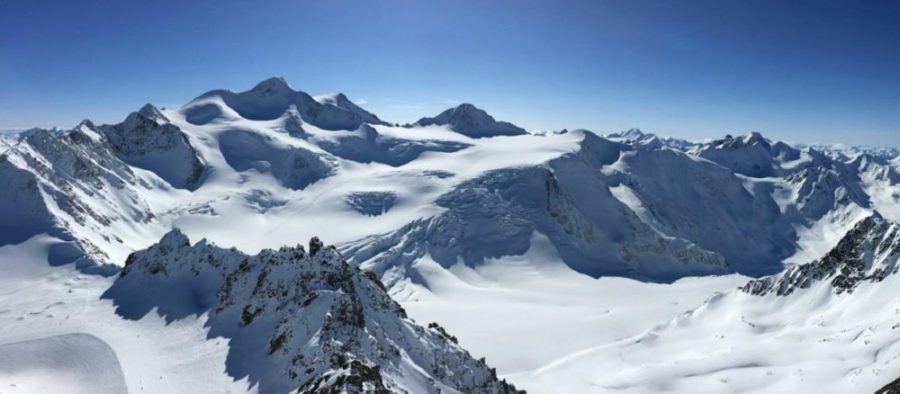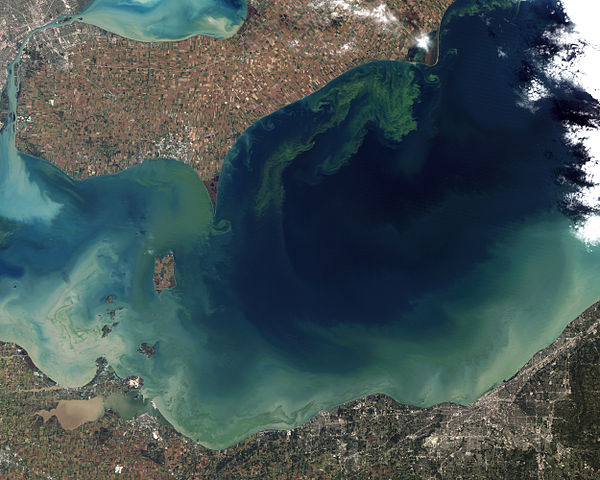Paper: Evolution of modern river systems: an assessment of ‘landscape memory’ in Indian river systems
Authors: Vikrant Jain, Sonam, Ajit Singh, Rajiv Sinha, S. K. Tandon
“A river cuts through rock not because of its power, but because of its persistence.”
James N Watkins
In geomorphology, the persistence of rivers is etched into the very landscape – a memory of the forces that once shaped it, and continue to do so, slowly, and inexorably. Landscape memory, as Gary John Brierley once wrote, is the imprint of the past upon contemporary landscapes, which include geologic, climatic, and anthropogenic factors.
The rivers of the Indian subcontinent bear witness to forces that shaped them over millennia – and a recent publication in the Journal of International Geosciences traces the evolution of India’s river systems at different time scales.
Continue reading “Rivers of Memory: India”
